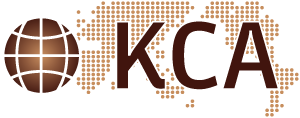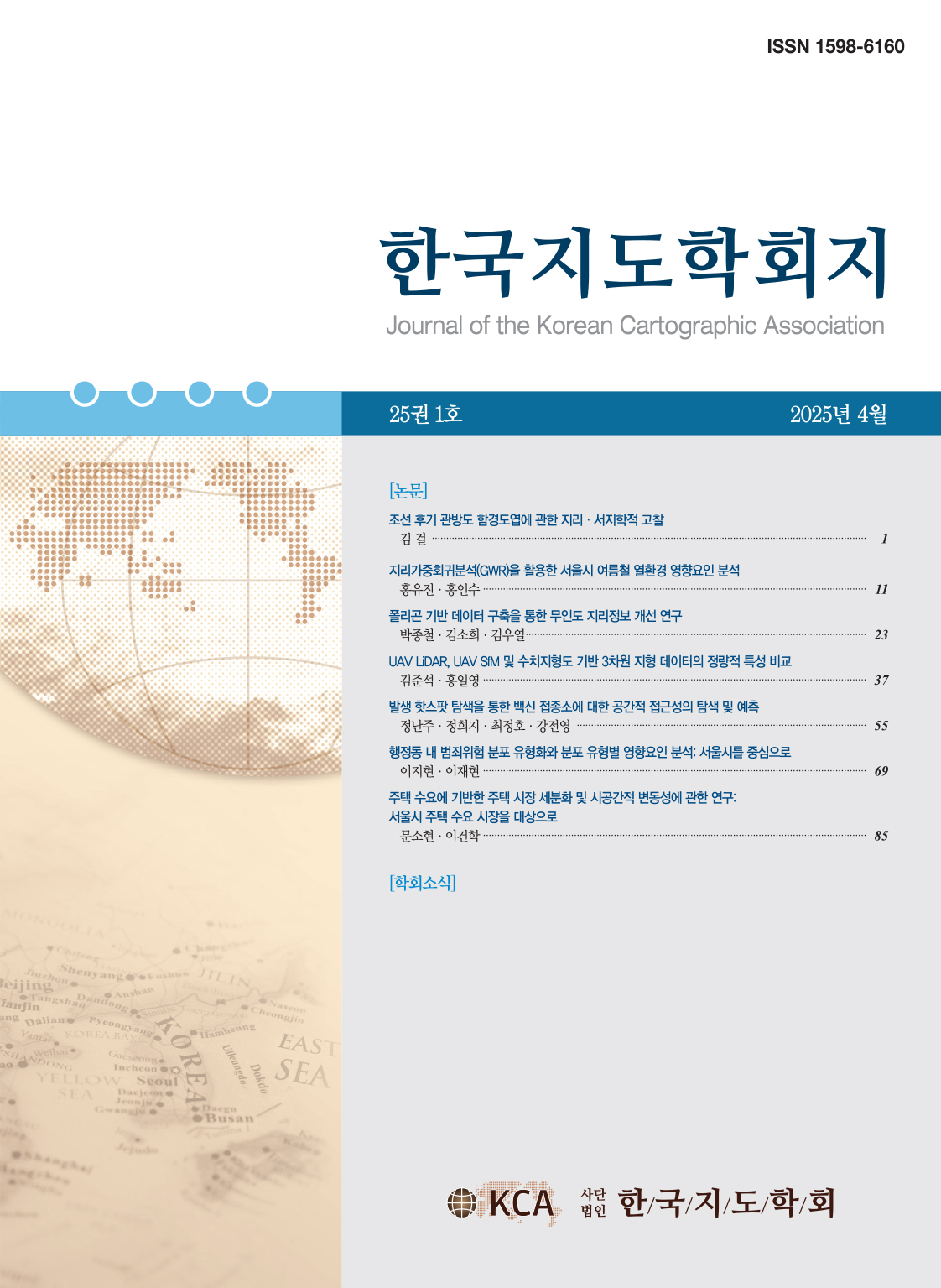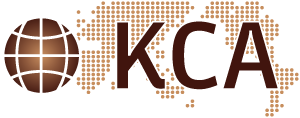Research Article
Abstract
References
Information
This paper aims to analyze the relationship between urban sprawl and commuting patterns in Seoul Metropolitan Region. Sprawl indexes calculated in previous studies and major indicators representing socioeconomic characteristics are used as explanatory variables. Average driving time during commuting (Model 1) and the ratio of commuters taking public transportation (Model 2) are used as dependent variables. Those variables construct two regression models. Compared to OLS models, the explanatory power and goodness of fit of two models were overall improved in GWR models. Density among explanatory variables is most significant related with commuting patterns. GWR models identify significant exploratory variables in such regions which are not revealed in OLS models.
본 연구는 서울광역도시권에서 나타나는 도시 스프롤과 통근 패턴간에 어떤 관계가 있는지 분석하는 것을 목적으로 한다. 선행 연구에서 산출된 스프롤 지수들과 사회경제적 특성을 나타내는 주요 지표들을 설명변수로 하고, 자가용 통근시 평균 운전 시간과 대중교통이용 통근자 비율을 종속변수로 하여 두 가지의 회귀모형을 구성하였다. OLS 분석에 비해 GWR 분석에서 모형의 설명력과 적합도가 개선되었으며, 설명변수 중 밀도의 영향력이 가장 큰 것으로 나타났다. 또한 GWR 분석에 의해 전역적 모형에서는 유의하지 않았으나 국지적으로는 유의하게 나타나는 다양한 설명변수들을 확인할 수 있었다.
- 류나영, 2020a, “우리나라 광역도시권의 스프롤 연구: 스프롤의 측정과 스프롤이 통근에 미치는 영향을 중심으로,” 서울대학교 대학원 박사학위논문.
- 류나영, 2020b, “광역도시권의 스프롤 특성: 시군구 스케일의 다차원적 스프롤 측정을 중심으로,” 한국지리학회지, 9(3), 549-565. https://doi.org/10.25202/JAKG.9.3.7 10.25202/JAKG.9.3.7
- 류나영・신정엽, 2020, “광역도시권의 스프롤 변화 양상: 광역도시권의 설정과 밀도 기반의 인구 및 고용 스프롤 측정을 중심으로,” 한국지리학회지, 9(2), 395-409. https://doi.org/10.25202/JAKG.9.2.11 10.25202/JAKG.9.2.11
- 류나영・홍인수, 2020, “도시 스프롤이 통근 패턴에 미치는 영향: 우리나라 광역도시권을 사례로,” 한국지도학회지, 20(3), 73-92. https://doi.org/10.16879/jkca.2020.20.3.073 10.16879/jkca.2020.20.3.073
- 신정엽, 2021, “도시 스프롤의 개념과 측정 방법론에 대한 이론적 논의,” 지리교육논집, 65, 41-62.
- 엄현태・우명제, 2015, “도시스프롤 현상이 중심도시 쇠퇴에 미치는 영향과 도시재생에 대한 함의,” 국토계획, 50(3), 73-89. http://dx.doi.org/10.17208/jkpa.2015.04.50.3.73 10.17208/jkpa.2015.04.50.3.73
- 임수진・김감영, 2017, “밀도-공간구조 기반 도시 스프롤 측정치 개발,” 한국지도학회지, 17(1), 87-101. https://doi.org/10.16879/jkca.2017.17.1.087 10.16879/jkca.2017.17.1.087
- 진장익・진은애・이우종, 2013, “도시스프롤이 통근통행에 미치는 영향에 관한 연구: 수도권 도시를 대상으로,” 국토계획, 48(5), 269-283.
- 최아수・신정엽, 2023, “밀도 기반의 도시 스프롤 측정 방법을 통한 도농복합시의 도시공간구조 탐색,” 한국지도학회지, 23(3), 55-67. https://doi.org/10.16879/jkca.2023.23.3.055 10.16879/jkca.2023.23.3.055
- Bereitschaft, B. and Debbage, K., 2013, Urban form, air pollution, and CO2 emissions in large U.S. metropolitan areas, The Professional Geographer, 65(4), 612-635. http://dx.doi.org/10.1080/00330124.2013.799991 10.1080/00330124.2013.799991
- Brueckner, J., 2000, Urban sprawl: Diagnosis and remedies, International Regional Science Review, 23(2), 160-171. https://doi.org/10.1177/016001700761012710 10.1177/016001700761012710
- Camagni, R., Gibelli, M.C., and Rigamonti, P., 2002, Urban mobility and urban form: The social and environmental costs of different patterns of urban expansion, Ecological Economics, 40(2), 199-216. http://dx.doi.org/10.1016/S0921-8009(01)00254-3 10.1016/S0921-8009(01)00254-3
- Cutsinger, J., Galster, G., Wolman, H., Hanson, R., and Towns, D., 2005, Verifying the multi-dimensional nature of metropolitan land use: Advancing the understanding and measurement of sprawl, Journal of Urban Affairs, 27(3), 235-259. https://doi.org/10.1111/j.0735-2166.2005.00235.x 10.1111/j.0735-2166.2005.00235.x
- Daniels, T., 2001, Smart growth: A new American approach to regional planning, Planning Practice & Research, 16(3/4), 271-279. https://doi.org/10.1080/02697450120107880 https://doi.org/10.1080/02697450120107880
- Ewing, R., 1997, Is Los Angeles-style sprawl desirable?, Journal of the American Planning Association, 63(1), 107-126. https://doi.org/10.1080/01944369708975728 10.1080/01944369708975728
- Ewing, R., 2008, Characteristics, causes, and effects of sprawl: A literature review, in Marzluff, J.M., Shulenberger, E., Endlicher, W., Alberti, M., Bradley, G., Ryan, C., Simon, U., and ZumBrunnen, C., eds., Urban Ecology: An International Perspective on the Interaction Between Humans and Nature, New York, NY: Springer, 519-535. https://doi.org/10.1007/978-0-387-73412-5 10.1007/978-0-387-73412-5
- Ewing, R. and Hamidi, S., 2014, Measuring Sprawl 2014, Washington, DC: Smart Growth America.
- Ewing, R., Hamidi, S., Grace, J.B., and Wei, Y.D., 2016, Does urban sprawl hold down upward mobility?, Landscape and Urban Planning, 148, 80-88. http://dx.doi.org/10.1016/j.landurbplan.2015.11.012 10.1016/j.landurbplan.2015.11.012
- Ewing, R., Meakins, G., Hamidi, S., and Nelson, A.C., 2014, Relationship between urban sprawl and physical activity, obesity, and morbidity: Update and refinement, Health & Place, 26, 118-126. https://doi.org/10.1016/j.healthplace.2013.12.008 10.1016/j.healthplace.2013.12.00824434082
- Ewing, R., Pendall, R., and Chen, D., 2002, Measuring Sprawl and Its Impact, Washington, DC: Smart Growth America.
- Ewing, R., Pendall, R., and Chen, D., 2003, Measuring sprawl and its transportation impacts, Transportation Research Record: Journal of the Transportation Research Board, 1831, 175-183. https://doi.org/10.3141/1831-20 10.3141/1831-20
- Ewing, R. and Rong, F., 2008, The impact of urban form on US residential energy use, Housing Policy Debate, 19(1), 1-30. https://doi.org/10.1080/10511482.2008.9521624 10.1080/10511482.2008.9521624
- Fotheringham, A.S., Kelly, M., and Charlton, M., 2010, Model Selection in Geographically Weighted Regression, Proceedings, Joint International Conference on Theory, Data Handling and Modelling in GeoSpatial Information Science, May 26-28, Hong Kong.
- Frost, M. and Spence, N., 2008, Energy consumption and work-travel trips: London, Birmingham, and Manchester, 1981-2001, Environment and Planning A, 40(9), 2238-2258. https://doi.org/10.1068/a39294 10.1068/a39294
- Galster, G., Hanson, R., Ratcliffe, M.R., Wolman, H., Coleman, S., and Freihage, J., 2001, Wrestling sprawl to the ground: Defining and measuring an elusive concept, Housing Policy Debate, 12(4), 681-717. https://doi.org/10.1080/10511482.2001.9521426 10.1080/10511482.2001.9521426
- Gillham, O., 2002, The Limitless City: A Primer on the Urban Sprawl Debate, Washington, DC: Island Press.
- Gordon, P. and Richardson, H.W., 2000, Defending suburban sprawl, Public Interest, 139, 65-71.
- Hamidi, S. and Ewing, R., 2014, A longitudinal study of changes in urban sprawl between 2000 and 2010 in the United States, Landscape and Urban Planning, 128, 72-82. http://dx.doi.org/10.1016/j.landurbplan.2014.04.021 10.1016/j.landurbplan.2014.04.021
- Lopez, R., 2004, Urban sprawl and risk for being overweight or obese, American Journal of Public Health, 94(9), 1574-1579. https://doi.org/10.2105/ajph.94.9.1574 10.2105/AJPH.94.9.157415333317PMC1448496
- Lowry, J.H. and Lowry, M.B., 2014, Comparing spatial metrics that quantify urban form, Computers, Environment and Urban Systems, 44, 59-67. http://dx.doi.org/10.1016/j.compenvurbsys.2013.11.005 10.1016/j.compenvurbsys.2013.11.005
- Song, Y. and Knaap, G.-J., 2004, Measuring urban form: Is Portland winning the war on sprawl?, Journal of the American Planning Association, 70(2), 210-225. http://dx.doi.org/10.1080/01944360408976371 10.1080/01944360408976371
- Torrens, P.M., 2008, A toolkit for measuring sprawl, Applied Spatial Analysis and Policy, 1(1), 5-36. http://dx.doi.org/10.1007/s12061-008-9000-x 10.1007/s12061-008-9000-x
- 국토교통부 실거래가 공개시스템, https://rt.molit.go.kr
- 통계청 국가통계포털, https://kosis.kr
- 통계청 통계지리정보서비스, https://sgis.kostat.go.kr
- 행정안전부 도로명주소 안내시스템, https://www.juso.go.kr
- Publisher :The Korean Cartographic Association
- Publisher(Ko) :한국지도학회
- Journal Title :Journal of the Korean Cartographic Association
- Journal Title(Ko) :한국지도학회지
- Volume : 24
- No :1
- Pages :19~32
- DOI :https://doi.org/10.16879/jkca.2024.24.1.019



 Journal of the Korean Cartographic Association
Journal of the Korean Cartographic Association





